
"Bosham pilings" by SkinkArt Redbubble
Firstly, we find the geotechnical capacity and the structural capacity of the pile. Then the minimum of those values is taken as the capacity of the pile. Since the applied load is known, the number of piles can be calculated. Bored piles are constructed as single piles or group piles based on the applied loads.

Doityourself Polebarn Building Put up a pole building for a fast, solid and costeffective
Place your stilts into the holes and use support rope to hold them up while the concrete dries. You will need anywhere between 24 and 48 hours for the concrete to set and roughly a month for it to dry completely. You can then fill the holes with sand or more concrete, whichever you choose. Remove your support ropes and begin the base building.
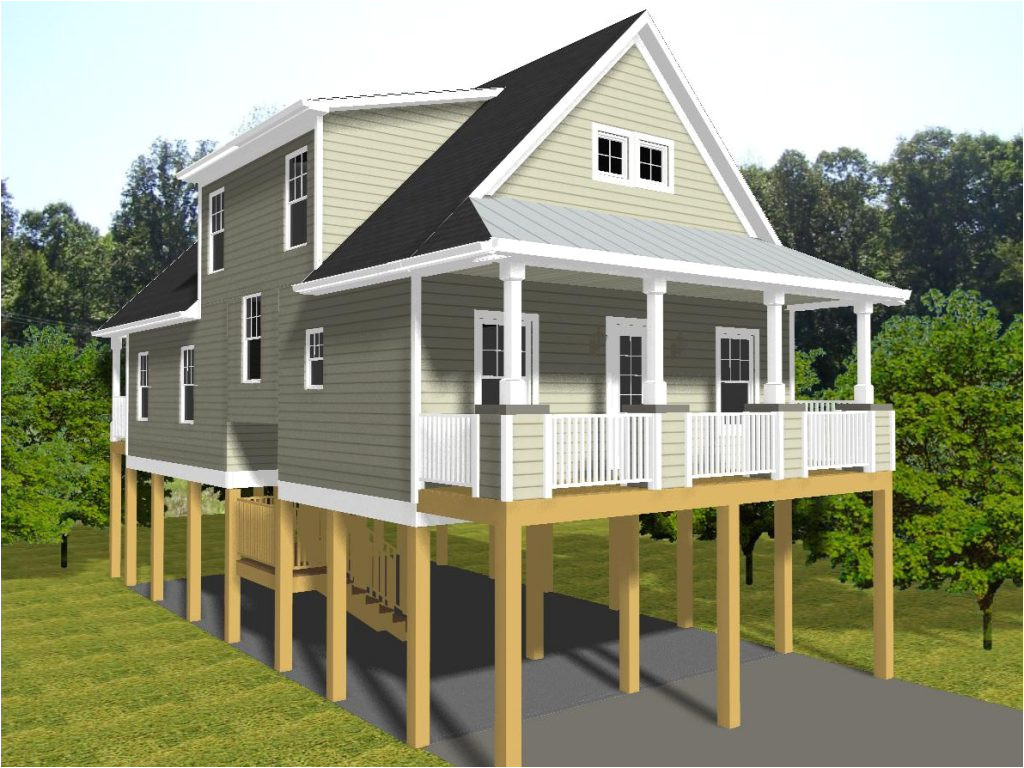
Home Plans On Pilings
Location: Make sure the pilings are placed in an area that will be stable and not prone to flooding or other natural disasters. Depth: Pilings should be driven deep enough into the ground so that they provide adequate support and stability. Material: Choose a material that is suitable for your local climate and soil conditions.

Coastal House Plans On Pilings House Plans
The type of foundation on which your house was originally built (basement, crawlspace, slab-on-grade, piers, posts, pilings) also can affect the elevation process. This issue is discussed later in this chapter, in the section The Elevation Techniques. Hazards Because so many elevation techniques are available, elevation is practical for
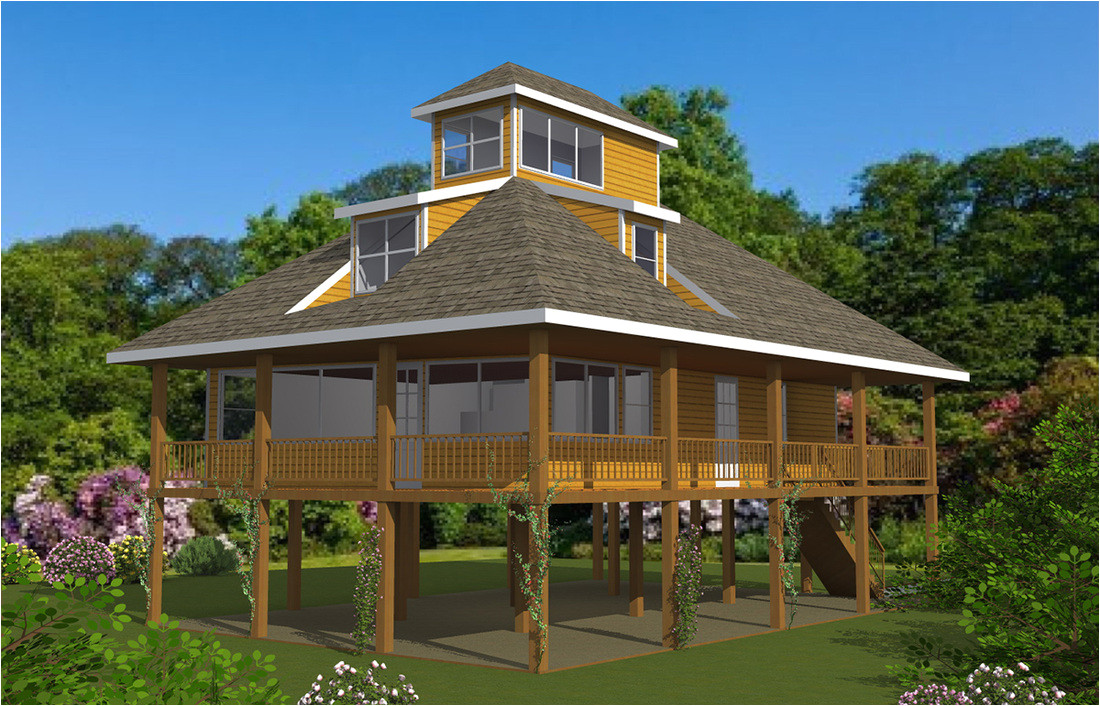
Home Plans On Pilings
Step 4. Drive piles into the ground using a crane-mounted diesel- or air-powered hammer. Choose the double-acting hammer for precision and accuracy. Unlike the single-acting hammer, it does not have to be raised by cable after each blow.
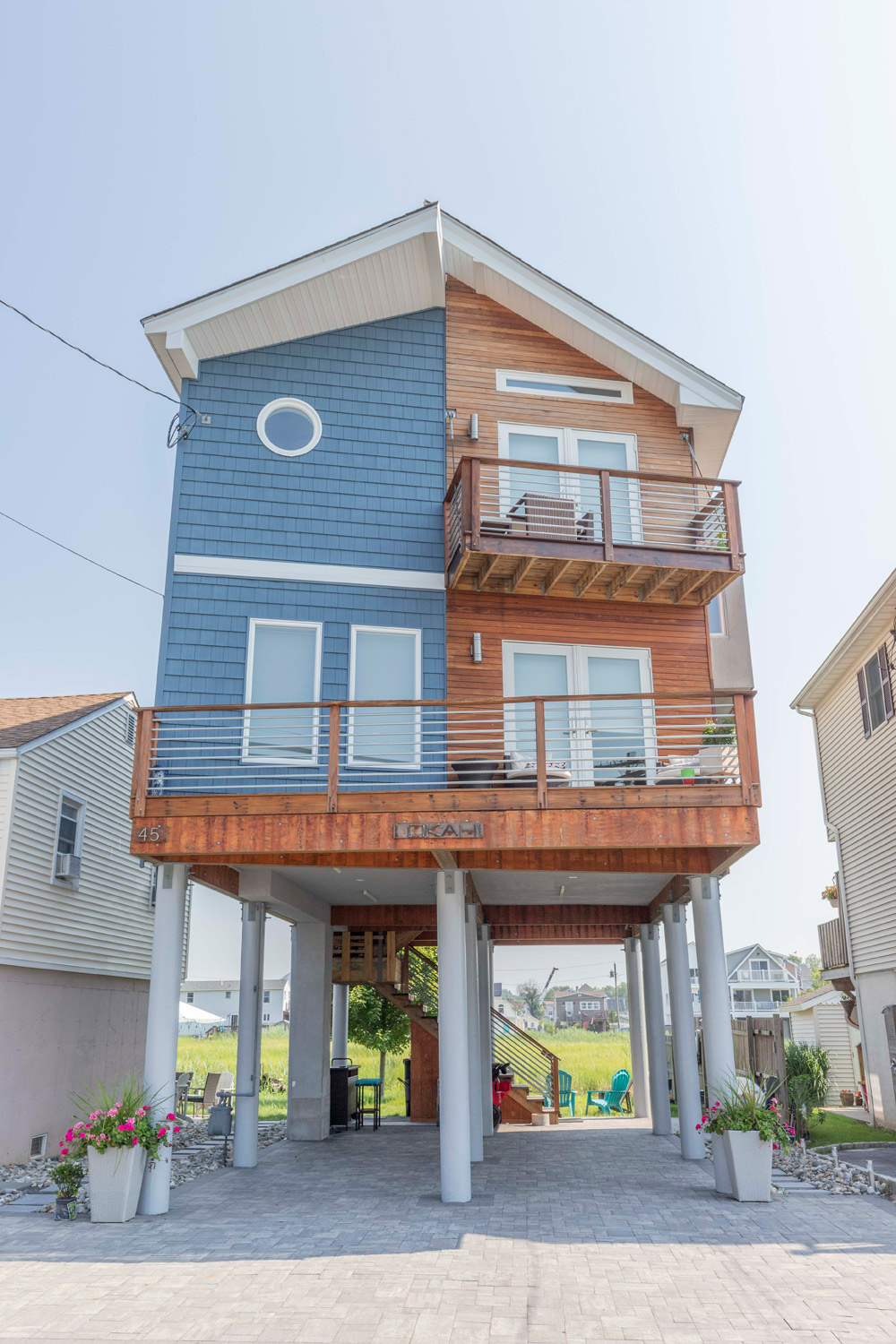
Composite Fiberglass Pilings for Stilt Foundations Pearson Pilings
The following describes three common methods of using piling types in construction: 1. Driven pile foundations. Concrete, steel and timber are the most common materials used to make piles for the driven pile foundation method. Concrete piles are precast before they arrive at a construction site.
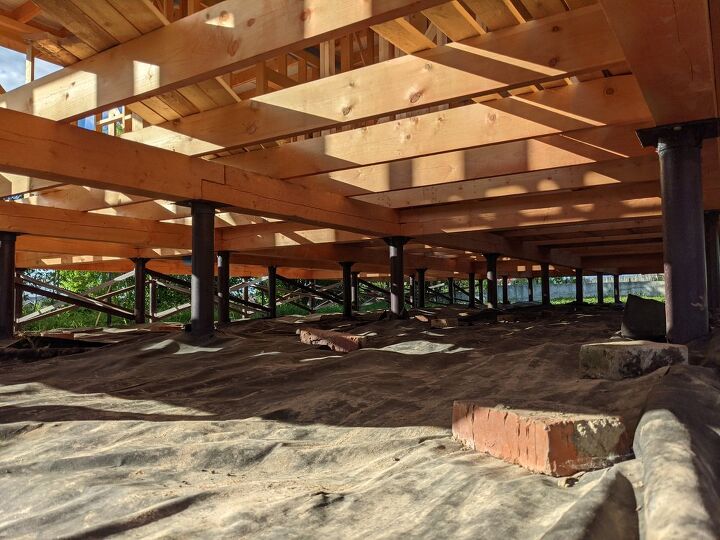
How Many Pilings Do I Need For My House? (Find Out Now!)
A minimum of 24 columns (pillars) are required for a 2,000 square foot house. A typical 2,000 sqft of house may be of size 50'x40', for 2000 sq ft house you have to provide atleast 24 pillars /columns. Provide the 6 pillars at span of 10 feet in 4 rows (total No. of pillars = 6×4 = 24 nos) parallel to 40 feet side to enhance stability in.

Should I Use Concrete Pilings or Steel Pilings for Foundation Repair?
In the Floor 1 Defaults dialog, on the Structure panel, under the Relative Heights heading, specify the desired Rough Ceiling height. In this example, 109 1/8" is used. In the Foundation Defaults dialog, on the Foundation panel:. Select Walls with Footings as the Foundation Type.; Under the Stem Walls section, specify the Minimum Height as equal to the required top height of the pilings at the.
Coastal Home Plans On Stilts Elevated, Piling and Stilt House Plans Coastal House
Screw piles are a perfectly safe method of construction, even for a two-story house. Many modern screw piles can support 70,000 lbs (31,750 kg) of weight per pile, which is much higher than concrete piles that typically support 5,000 - 30,000 lbs (2,270 kg - 13,600 kg) of weight per pile. And we have probably all seen structures such as.

Pilings II — GENERAL PUBLIC
The difference in cost between a big deep piling and a shallow small one is at least two fold. I think I paid about $550 a pile (install and materials) for 16 ft deep, 8x8s. We needed 24 for 1050 sqft of footprint so $12k. This is for 9 feet above grade to allow parking below - very common on the NC oceanfront.
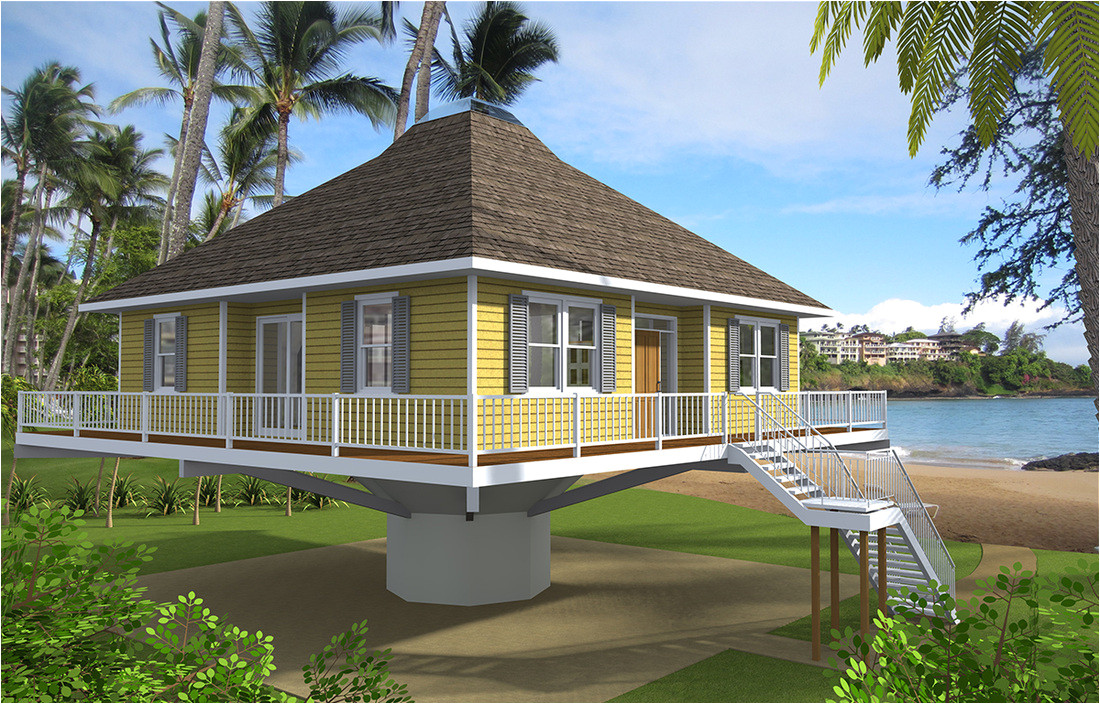
Home Plans On Pilings
About Schumacher Homes. Schumacher Homes, based in Canton, Ohio, is America's largest custom homebuilder, with operations in 32 markets in 12 states across the country. The National Housing Quality award winning company has built over 20,000 homes, customized to fit each family's lifestyle, since its founding by Paul Schumacher in 1992.

Pilings I — GENERAL PUBLIC
Footing width can vary according to the structure, site, and conditions. Under code, generally, one-story buildings with footings on undisturbed soil with LBVs between 1,500 and 4,000 should have a minimum width of 12 inches. Two-story buildings require a minimum of 15-inch wide footings for 1,500 LBV soil.

What Is Piling? A Home Construction Essential
You can get a very basic idea of how many pilings your house needs. Add the total weight of your home, furnishings, and occupants. Divide this number by the load capacity of the piling. Before you finalize your construction plans, check local building codes and consult with a structural engineer. Print.
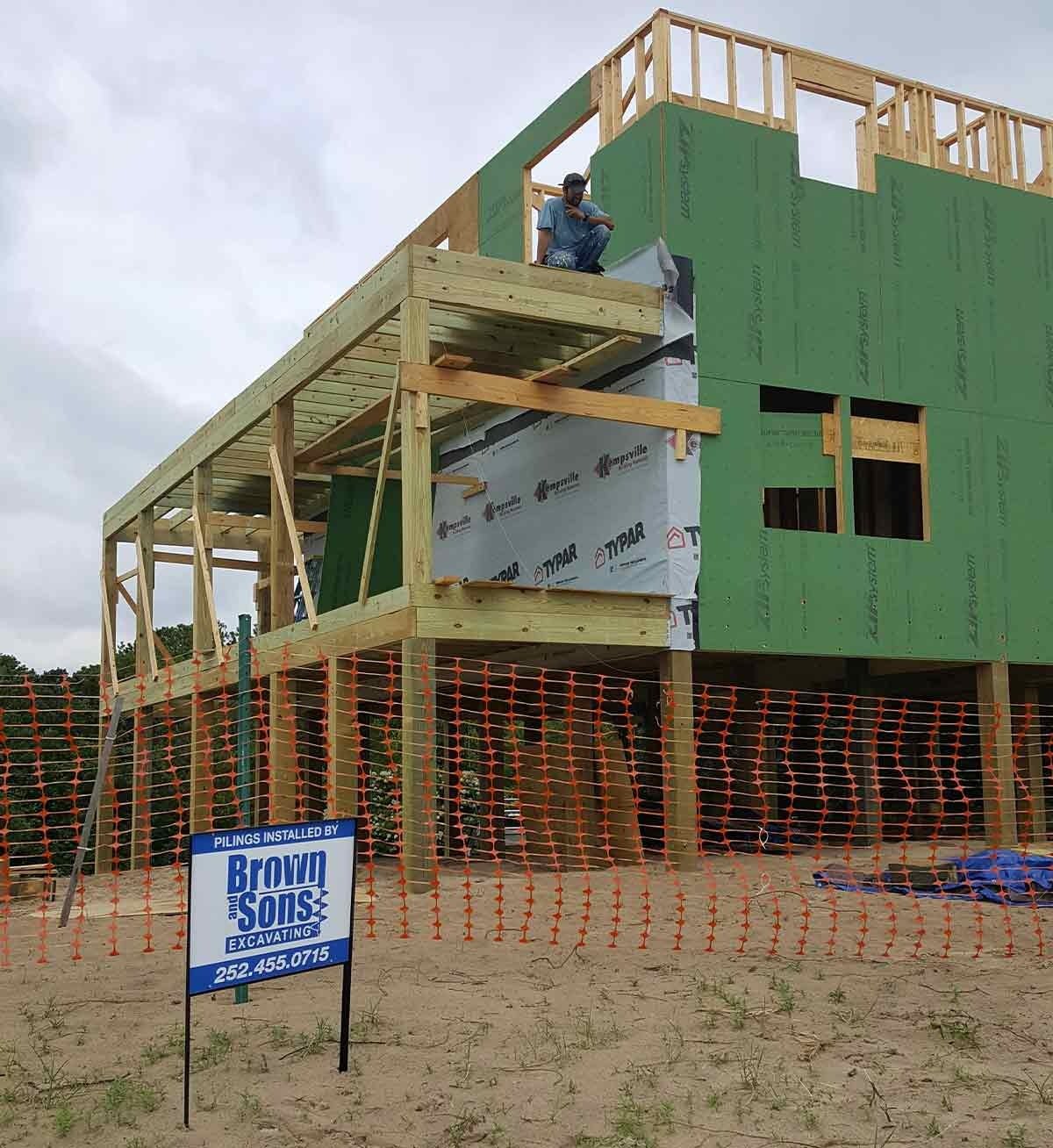
Piling Installation and Replacement Grandy Brown and Sons Excavating
Piling docks, according to estimates, cost between $20 and $40 per square foot, with installation costing between $80 and $100. A minimum of 15 inches of soil must be provided for each 150 LBV structure in a two-story building. It is made up of wood, bamboo, cane, or even rattan.
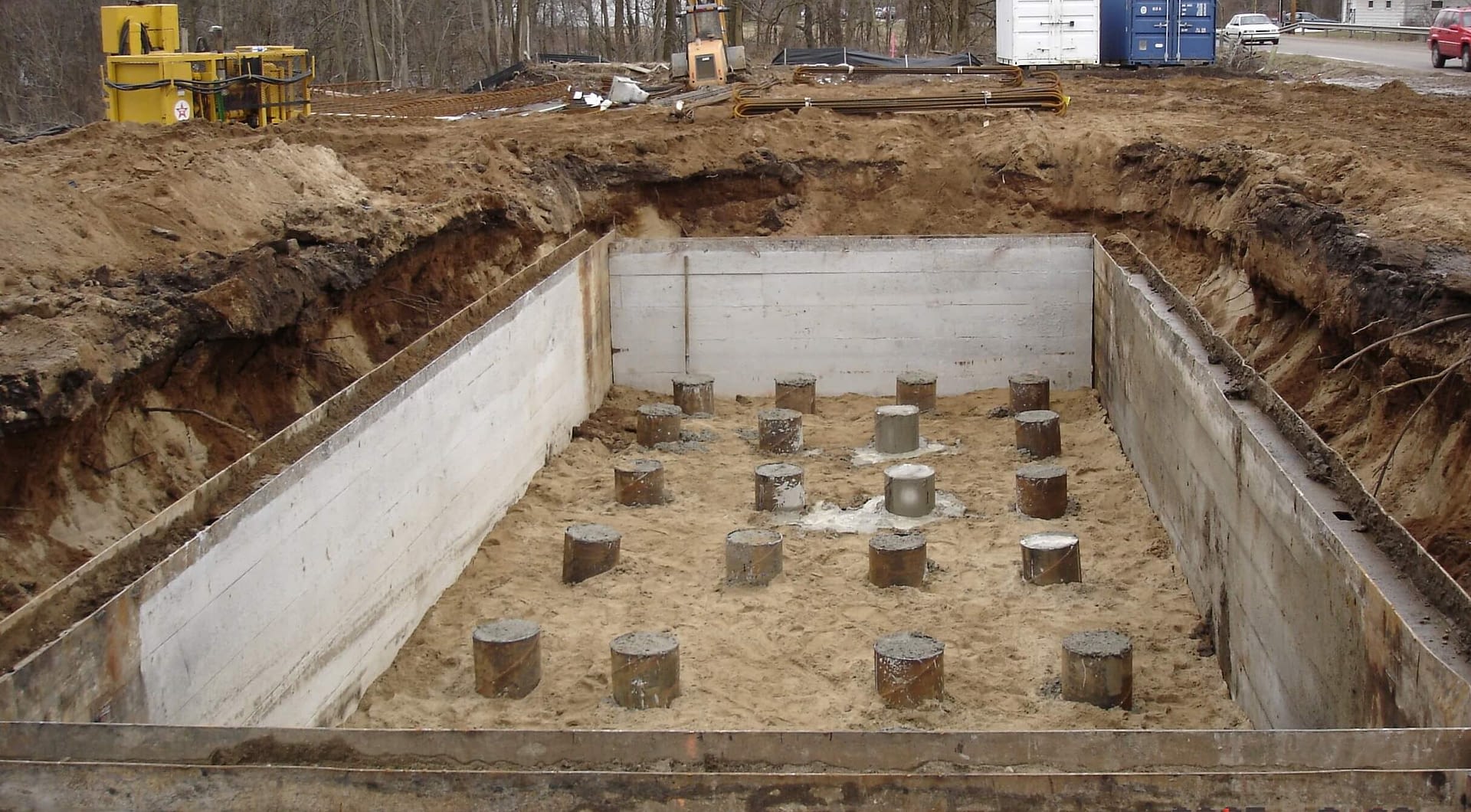
Pile Foundations CMQ Consulting Engineers
Installing pilings after elevating a home can cost anywhere from $12,000 to $40,000, or $10 to $40 per square foot on average, not considering the cost of lifting the structure. A home that is more than 10 to 12 feet above the ground or in coastal locations would often require pilings.

25 Houses Built on Stilts, Pilings and Piers (Photo Examples from Around the World) Building a
Pilings are timber, metal or concrete columns driven many feet into the ground to support the house on bedrock, while piers sit above ground. Building a house on pilings requires the assistance of an engineer to calculate the load and the type, length and diameter of the pilings. Houses are built on pilings where the land won't support.